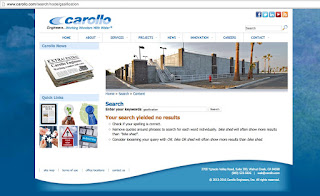The new public engagement process is in the news http://www.oakbaynews.com/news/365973471.html and the news and CALWMC directors are misleading the public.
“I think director (Ben) Isitt said it best, there’s still lots in flux.” Lisa Helps
“We’re not at the end. We’re not even at the beginning of the end. We’re making a teeny tiny decision … to go out and have conversation with our public,” said Susan Brice. “I really hoped that after hearing everything and not expecting perfection and knowing it’s fluid … that this would be something that would be quite frankly unanimously supported.”
There are many other similar statements coming from the CALWMC; all false. This public engagement is to prepare for a new LWMP amendment; to be ratified by CRD this Feb 24th; to be approved by the Province by the end of March.
Once approved there is NO WAY for the public to have it changed. The Seaterra Commission is waiting in the wings to take over in March/April and procure the new amendment. Those "in flux", "not at the end" statements are false: once the province approves the plan it is fixed. Only another round of public engagement can produce a change. Nothing can guarantee this will happen once Seaterra takes over.
